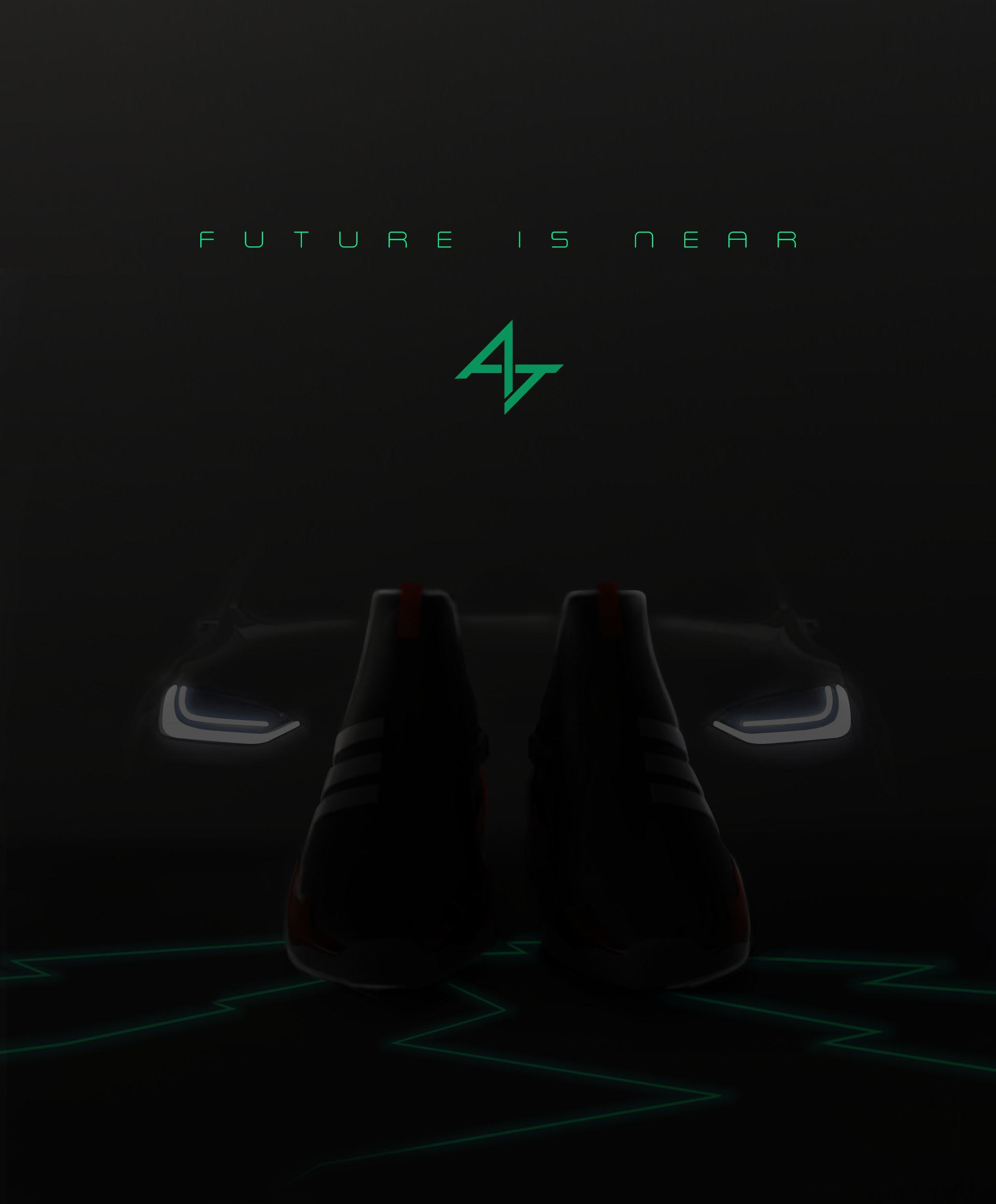
Electronica





















-min.png)
-min.png)

-min.png)
.png)

-min.png)







Project Overview
Improper recycling is a huge problem in the United States. Despite efforts to promote recycling, students often exhibit improper recycling habits, leading to a significant amount of waste ending up in landfills. Effectively recycling the products like paper, metal, cardboard, and plastic can reduce the size of landfills by half. Hence, tackling the problem of recycling is more crucial now than ever.
The objective of this project is to understand the root causes of improper recycling habits and to develop a solution that promotes proper recycling practices among students.
Students of Indiana University living on/ off campus
We propose a multifaceted solution which involves:
- Poster redesign near trash bins
- A Mobile Application to educate users.
- Starting a Recycling club
Through our solution, we are trying to eliminate the confusion and ignorance around the trash management and instill intrinsic motivation among the users.
User Awareness - resolving confusion around what kind of trash goes where
User Motivation - solving for behavioral consistency and providing opportunities for the highly motivated to create more impact
Analyse
- Brainstorming Solutions
- Story Boarding
Prototype
- Deciding User Flow
- Wireframing
Test
- User testing
- Recommend Takeaways
Reflect
- Prototype
- Re-Test
Iterate
- Gather & Train
- Future Scope

Discover
Secondary Research
Research has found that 94% of Americans support recycling and 74% say it should be a top priority. But only about 35% of people actually recycle. The leading reason behind this poor percentage value is the Americans’ lack of knowledge and awareness.
According to NYPost, “more than half of Americans are not very sure of what to recycle. In a survey including around 2000 Americans, 62% of the people think that due to their lack of knowledge, they are recycling incorrectly”.
Observations
To understand more about our users' behavior, we observed students while disposing of waste around the campus near dining hall, cafeteria and library. We noticed students throwing recyclable and reusable items into landfill bins while also throwing unclean recyclable materials in the recycling bin.



Interviews
Our team conducted 8 student interviews, and I personally interviewed 2 of them. The results revealed a common theme of confusion and frustration among students regarding waste disposal. Specifically, they expressed confusion about how to properly dispose of waste, and frustration with unclear instructions. Additionally, 3 of the interviewees highlighted unawareness of recycling impact, which they felt contributed to their apathy towards correct recycling practices.
Affinity Diagram
The Affinity Diagram was utilised to collect and organise insights from interviews, observations, and research, providing a comprehensive view of the issue and enabling the formulation of a problem statement. This facilitated the identification of relationships and patterns within the data

User Empathy Map
To understand and empathise with our user group before creating a user persona, Empathy Map was used which helped to prioritize the user needs. The data from the real users is collated to create a user persona later
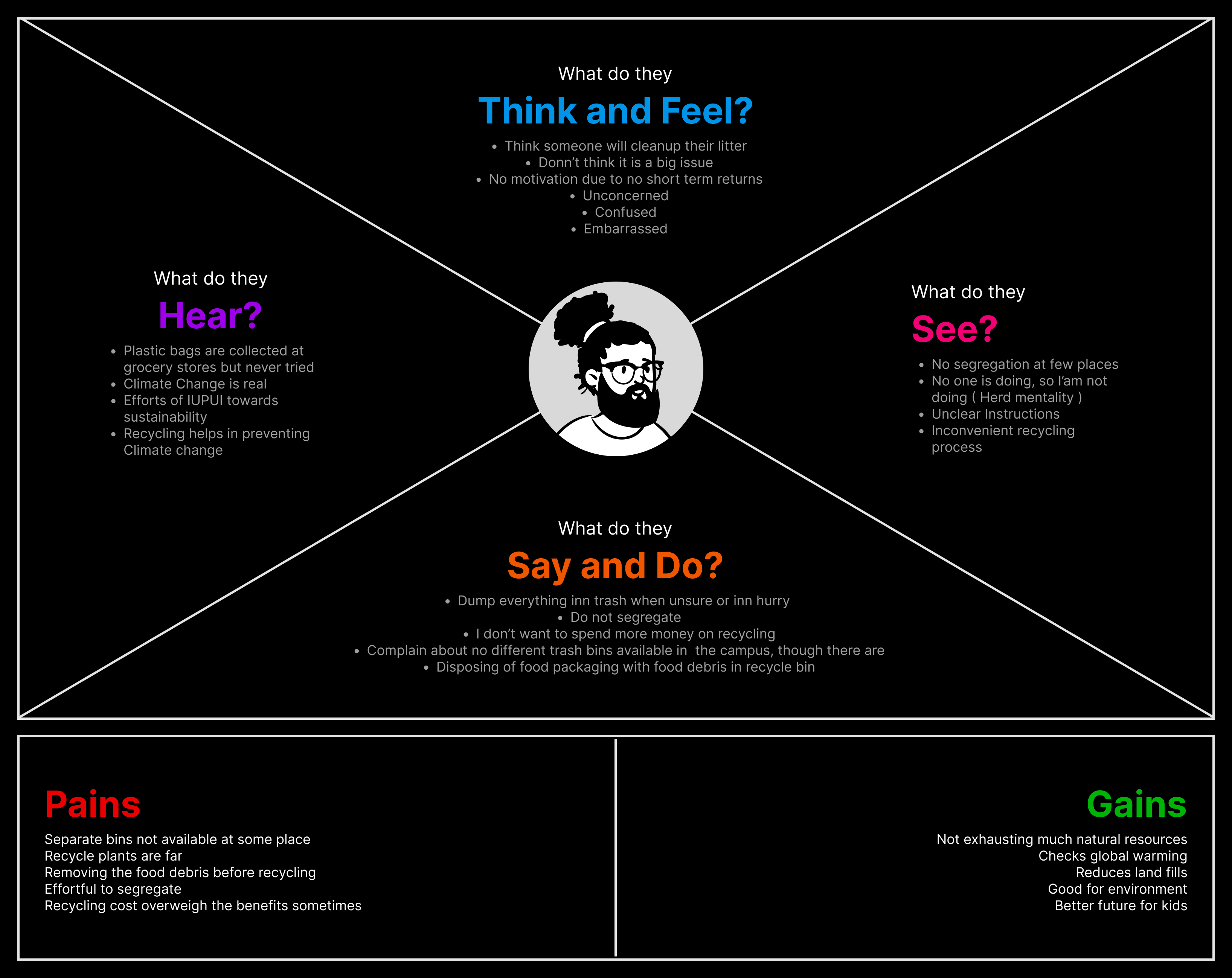
User Personas
Further in our research process, we created a user persona to flesh out the information gathered in the empathy map into more concrete and detailed descriptions of user archetypes. Persona aided us in keeping the user at the center of the design process and helping to create empathy for the user's needs, goals, and behaviors.



Analyze
The Core Problem

Brainstorming Solutions
Once the core problem is identified, the next step is to generate a large number of ideas, regardless of their feasibility or practicality. This was done individually by each team member first and as a team later. All the ideas generated in this stage were assessed based on their potential value to users and the business, feasibility, and technical constraints. A Mind Map was created to get the bigger picture of our ideation.

Storyboarding

Prototype
Information Architecture for the Mobile Application

Low-Fidelity Wireframes
















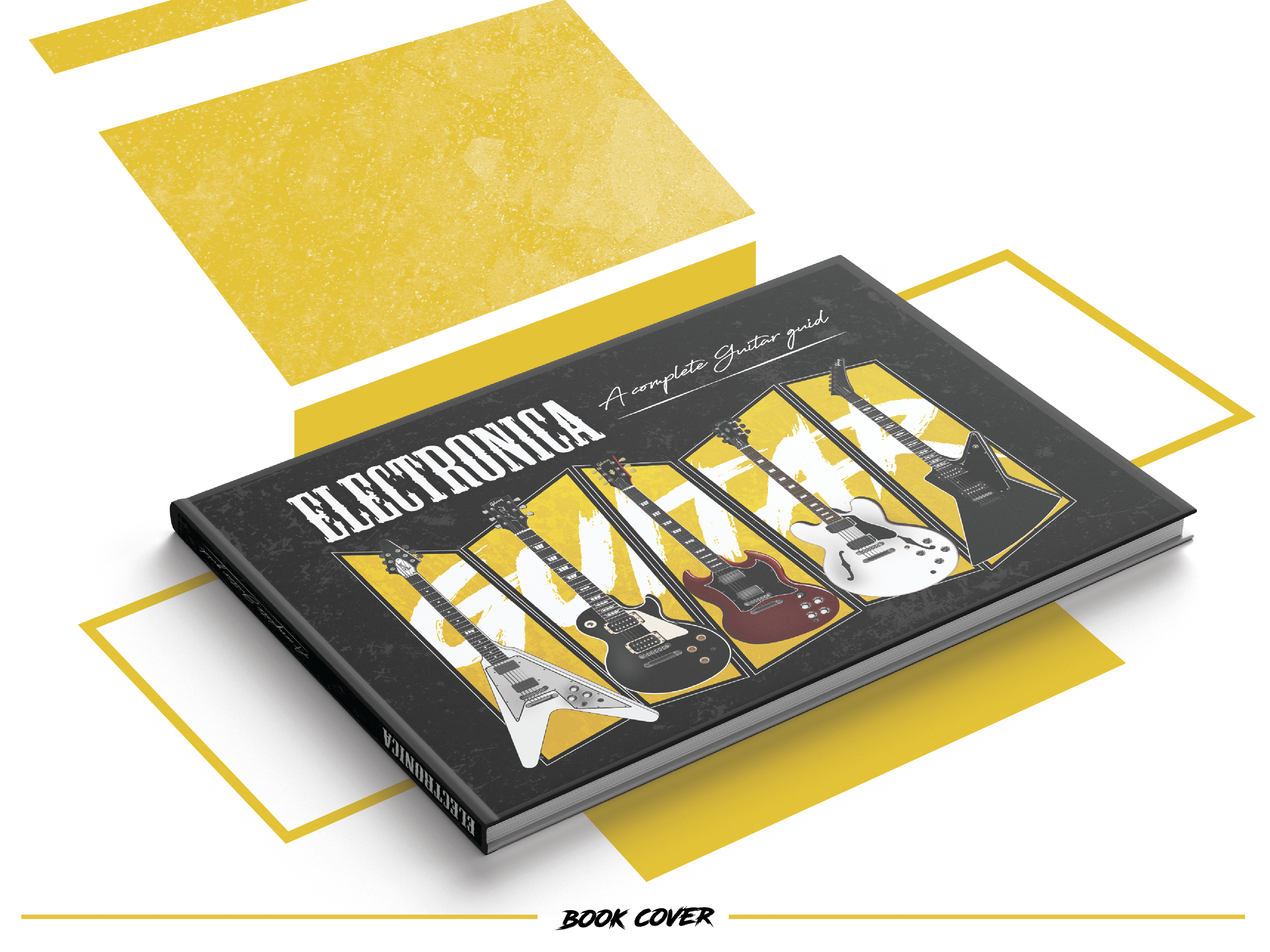
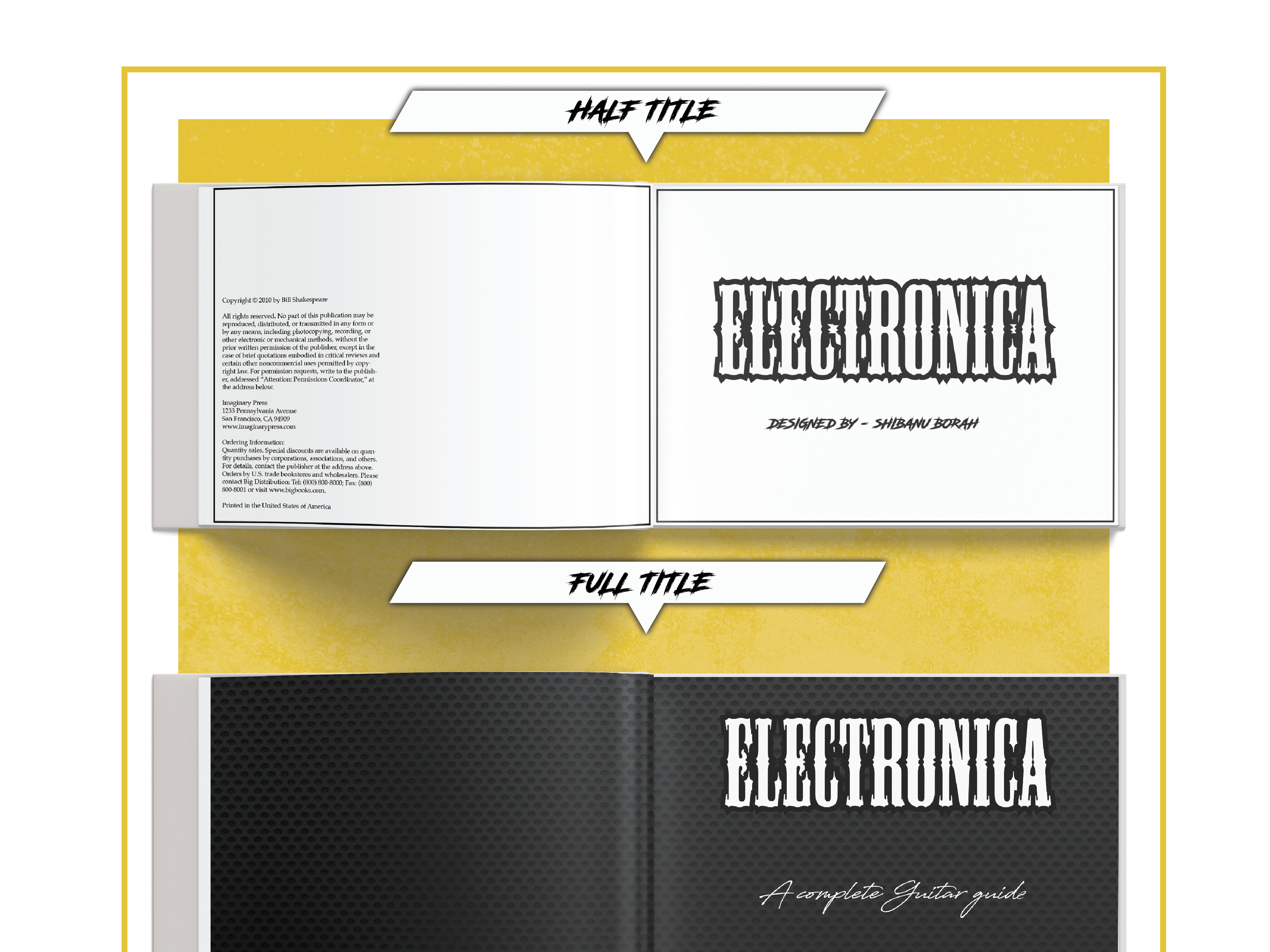



-min.png)




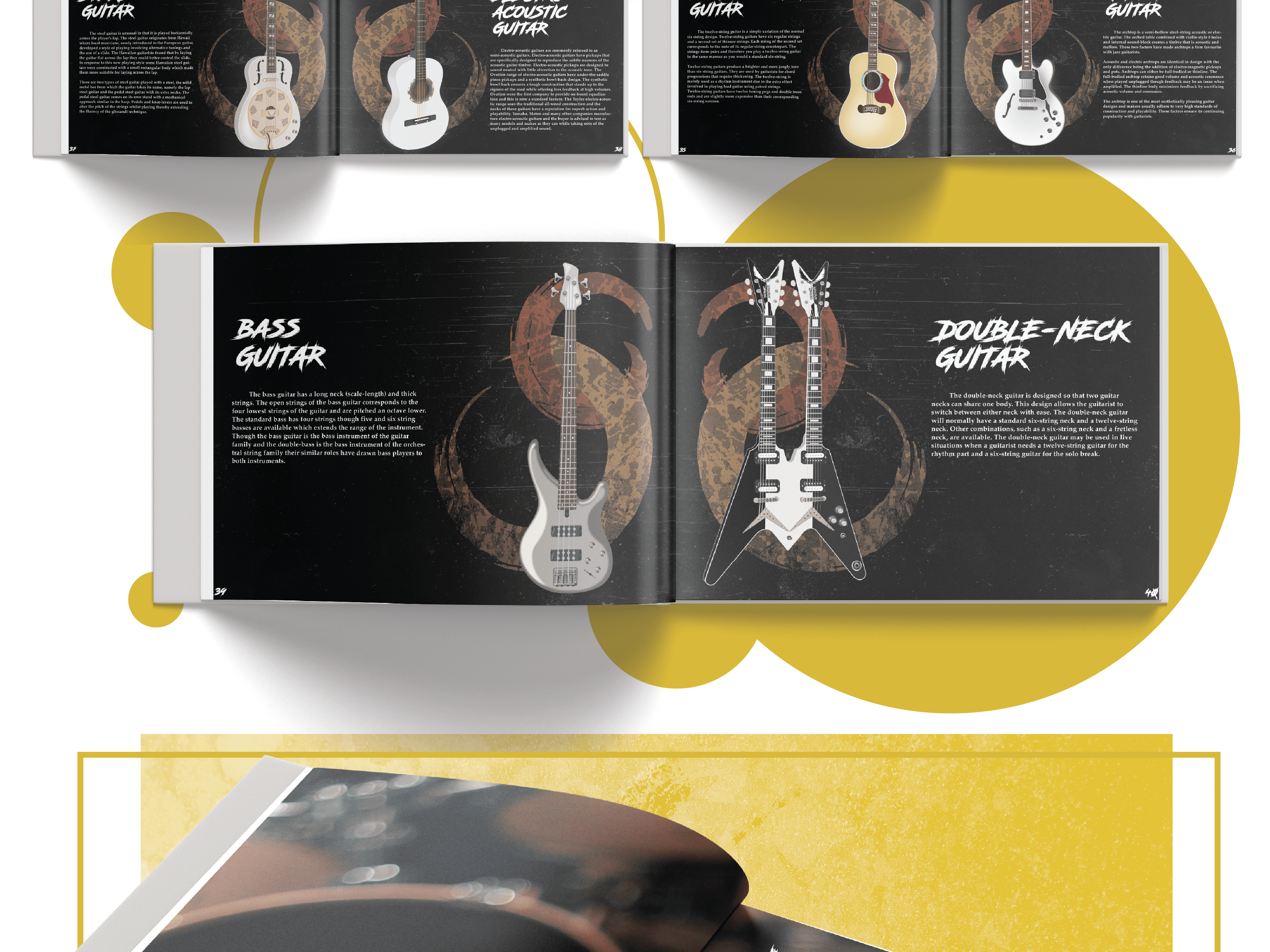





















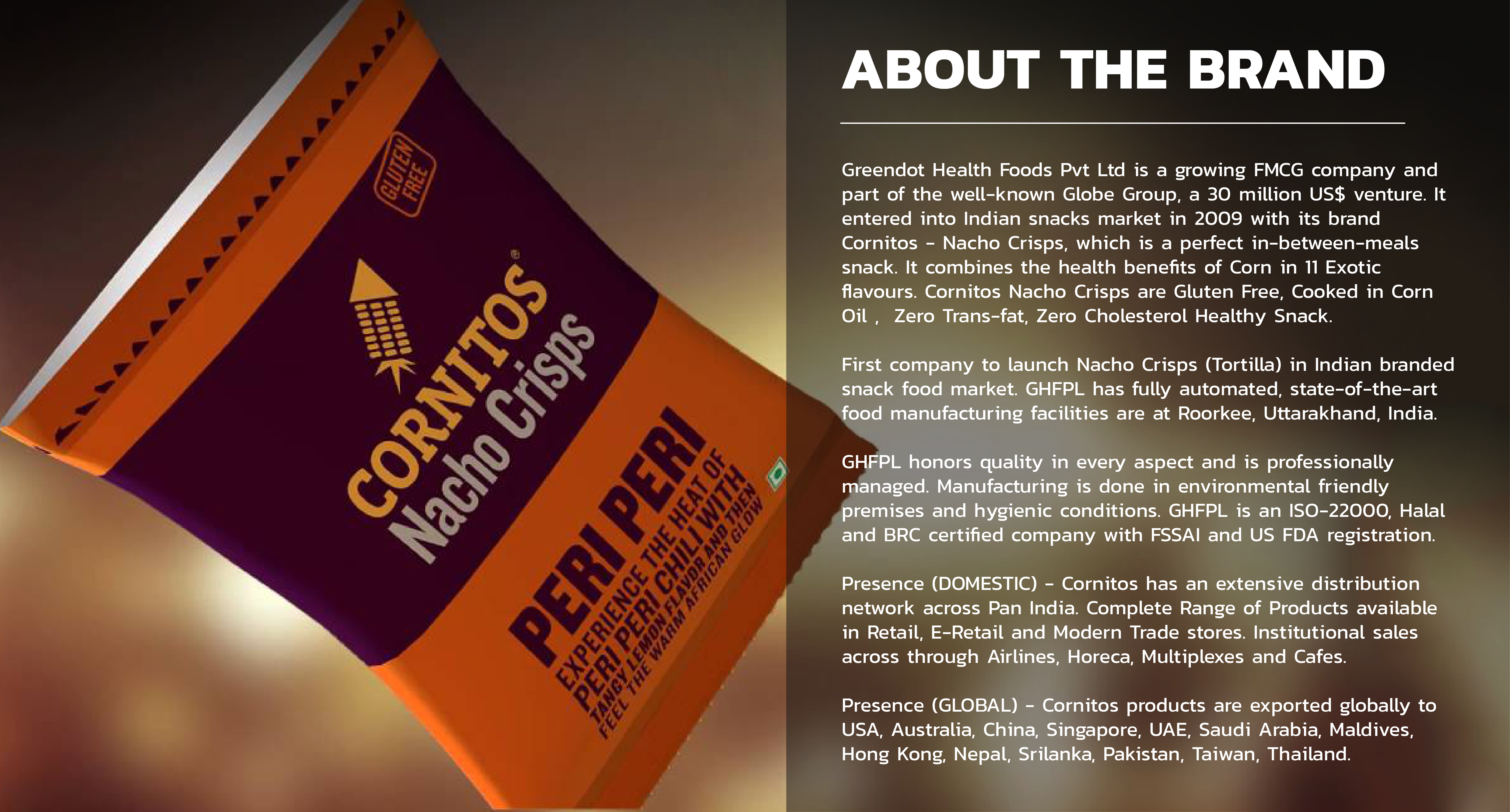









































.png)


_1.png)
_3.png)
_4.png)
_5.png)
_6.png)
_7.png)
_8.png)
_9.png)
_10.png)
_11.png)
_12.png)
_13.png)
_14.png)
_15.png)
_16.png)
_17.png)
_18.png)
_19.png)
_20.png)
_21.png)
_22.png)
_23.png)
_24.png)
_25.png)
_26.png)
_27.png)
_28.png)
_29.png)
_30.png)
_31.png)
_32.png)
_33.png)
_34.png)
_35.png)
_36.png)
_37.png)
_38.png)
_39.png)
_40.png)
_41.png)
_42.png)
_43.png)
_44.png)
_45.png)
_46.png)
_47.png)
_48.png)
_49.png)
_50.png)
_51.png)
_52.png)
_53.png)
_54.png)
_55.png)
_56.png)
_57.png)
_58.png)
_59.png)
_60.png)
_61.png)
_62.png)
_63.png)
_64.png)
_65.png)
_66.png)
_67.png)
_68.png)
_69.png)
_70.png)
_71.png)
_72.png)
_73.png)
_74.png)
_75.png)
_76.png)
_77.png)
_78.png)
_79.png)
_80.png)
_81.png)
_82.png)
_83.png)
_84.png)
_85.png)
_86.png)
_87.png)
_88.png)
_89.png)
_90.png)
_91.png)
_92.png)
_93.png)
_94.png)
_95.png)
_96.png)
_97.png)
_98.png)
_99.png)
_100.png)
_101.png)
_102.png)
_103.png)
_104.png)
_105.png)
_106.png)
_107.png)
_108.png)
_109.png)
_110.png)
_111.png)
_112.png)
_113.png)
_114.png)
_115.png)
_116.png)
_117.png)
_118.png)
_119.png)
_120.png)
_121.png)
_122.png)
_123.png)
_124.png)
_125.png)
_126.png)
_127.png)
_128.png)
_129.png)
_130.png)
_131.png)
_132.png)
_133.png)
_134.png)
_135.png)
_136.png)
_137.png)
_138.png)
_139.png)
_140.png)
_141.png)
_142.png)
_143.png)
_144.png)
_145.png)
_146.png)
_147.png)
_148.png)
_149.png)
_150.png)
_151.png)
_152.png)
_153.png)
_154.png)
_155.png)
_156.png)
_157.png)
_158.png)
_159.png)
_160.png)
_161.png)
_162.png)
_163.png)
_164.png)
_165.png)
_166.png)
_167.png)
_168.png)
_169.png)
_170.png)
_171.png)
_172.png)
_173.png)
_174.png)
_175.png)
_176.png)
_177.png)
_178.png)
_179.png)
_180.png)
_181.png)
_182.png)
_183.png)
_184.png)
_185.png)
_186.png)
_187.png)
_188.png)
_189.png)
_190.png)
_191.png)
_192.png)
_193.png)
_194.png)
_195.png)
_196.png)
_197.png)
_198.png)
_199.png)
_200.png)
_201.png)
_202.png)
_203.png)
_204.png)
_205.png)
_206.png)
_207.png)
_208.png)
_209.png)
_210.png)
_211.png)
_212.png)
_213.png)
_214.png)
_215.png)
_216.png)
_217.png)
_218.png)
_219.png)
_220.png)
_221.png)
_222.png)
_223.png)
_224.png)
_225.png)
_226.png)
_227.png)

